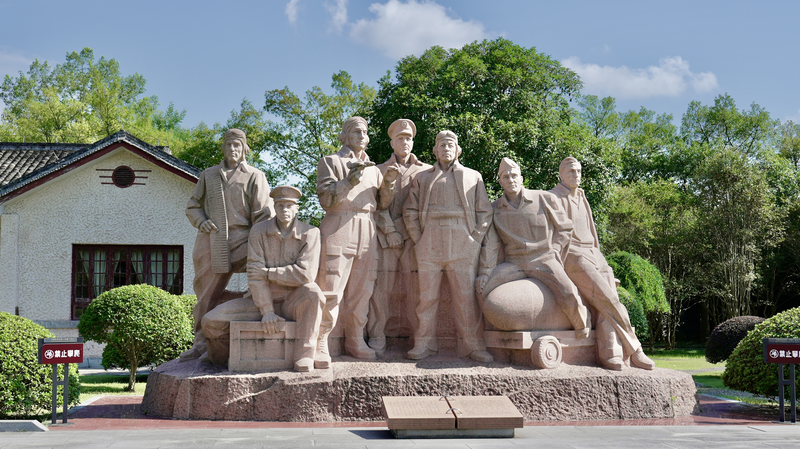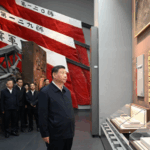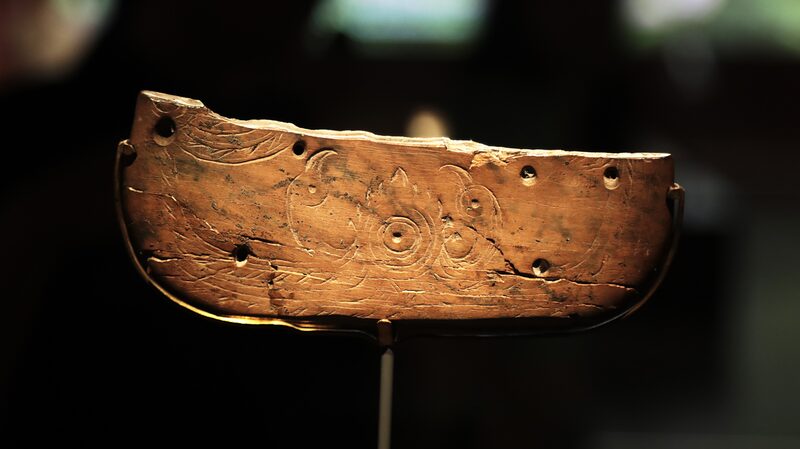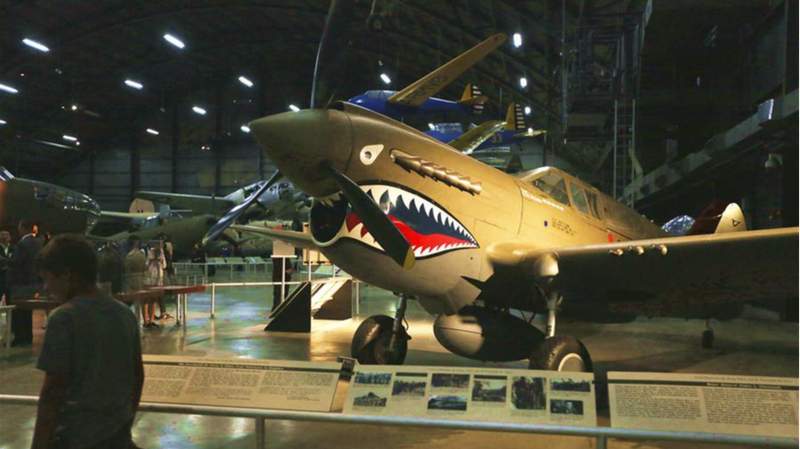In the misty hills of Zhijiang, a quiet town in China's Hunan Province, lies a museum preserving an extraordinary legacy of cross-Pacific solidarity. The Flying Tigers Memorial Museum stands as a living tribute to the shared sacrifices of Chinese and American forces during World War II – a story now resonating anew amid modern geopolitical currents.
The museum chronicles the daring exploits of General Claire Lee Chennault's American Volunteer Group (AVG), whose shark-nosed P-40 fighters became symbols of resistance against Japanese aggression. At the conflict's peak, over 6,000 U.S. personnel operated from Zhijiang, with local residents risking annihilation to rescue downed airmen under Japan's brutal occupation policies.
Historical records reveal staggering human costs: more than 2,000 Flying Tigers members perished, while Chinese communities suffered devastating reprisals for sheltering Allied personnel. Chennault's memoir Way of a Fighter documents these acts of courage, noting that 95% of rescued U.S. airmen owed their survival to Chinese civilians – many of whom paid with their lives.
Today, the museum's artifacts – from weathered flight jackets to bilingual operational maps – testify to an era when geopolitical rivals united against fascism. Curators emphasize its relevance for modern diplomacy, with visitor logs showing increasing interest from both U.S. veterans' groups and Chinese students.
As bilateral relations face new challenges, Zhijiang's story offers a poignant reminder: the runways that once launched joint combat missions now serve as bridges for cultural exchange, preserving fragile threads of mutual understanding between the world's two largest economies.
Reference(s):
Flying Tigers Memorial Museum: A living tribute to China-US friendship
cgtn.com








